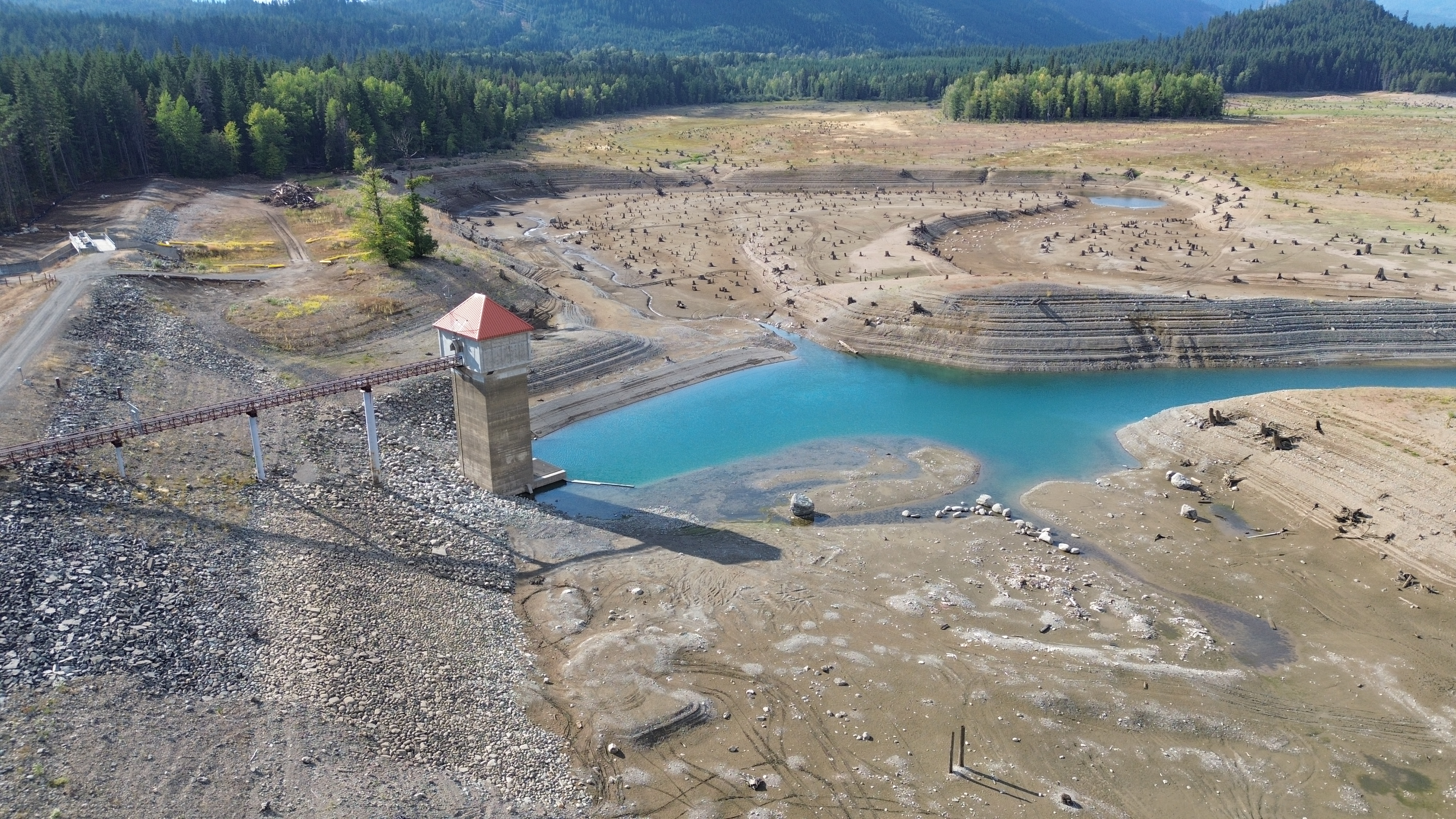The Washington Department of Ecology’s orders halting water use in the Yakima Basin end on Oct. 31. Cities, towns, and other surface water right holders with a year-round authorization may resume diverting water on Nov. 1.
Restrictions issued in response to drought
In the Yakima Basin, three straight years of drought have caused historically low reservoir storage and streamflows. The summer of 2025 proved to be one of the warmest and driest on record since 1895.
This acute combination meant there wasn’t enough water for everyone. In response, Ecology issued an unprecedented halt to surface water use on Oct. 6 to protect the basin’s most senior water rights.
When water supplies are running low, Washington water law requires those oldest rights to receive their full amount before junior water right holders can access the remaining water. In October, without enough water in the reservoirs, the Yakima River only had enough water available for the most senior 1855 water rights.
Although the restrictions are almost over, the basin is still far from business as usual when it comes to water supplies.
Drought conditions
Water at the Kachess Dam and reservoir is significantly lower than average, shown in September 2025. Photo from U.S. Bureau of Reclamation.
These conditions will likely continue into next year. To avoid another year of drought, the Yakima Basin would need an extraordinary amount of precipitation to fill the reservoirs, along with a cold winter to build up snowpack and a cool spring and summer to stretch out that snow melt into the warm months. Unfortunately, chances are not looking good that all these factors will come together next year.
Looking ahead
Low water supplies in Yakima River above the Roza Dam in Sunnyside, shown in 2025.
“This was the first time we’ve had to act on this scale to respond to an unprecedented water supply challenge,” said Berns. “However, it may not be the last. That’s why it’s so important to continue investing in long-term conservation, storage, and habitat projects to secure our water supplies for future generations.”
Berns applauded the Yakima Basin Integrated Plan for leading these efforts. She noted that this year would have looked very different without the collaboration of the Yakama Nation, local governments, irrigation districts, and other partners that work together on the region's long-term water supply needs through the Integrated Plan.
"We've proven that especially during crisis, paving the road toward our shared vision is just as important as responding to the drought right in front of us. It doesn't change how hard drought is on the communities who call this basin home. But it does bring us closer to a drought-resilient future where we can better respond to those problems."
The bottom line: Communities and irrigators in the Yakima Basin should prepare for a potential fourth year of drought in 2026. Ecology will continue working closely with the U.S. Bureau of Reclamation to monitor conditions.
Each of us can play a role in protecting our precious water resources. Even when water is available to use, the more we do to conserve it year-round helps stretch those supplies a little further.


